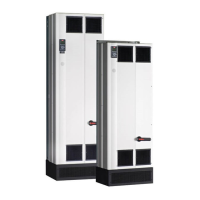What does fieldbus communication fault mean for Danfoss VLT AAF006 Water Filtration Systems?
- MMiss Jody Ballard MDSep 18, 2025
A fieldbus communication fault on your Danfoss Water Filtration Systems indicates that the fieldbus on the communication option card is not working.


